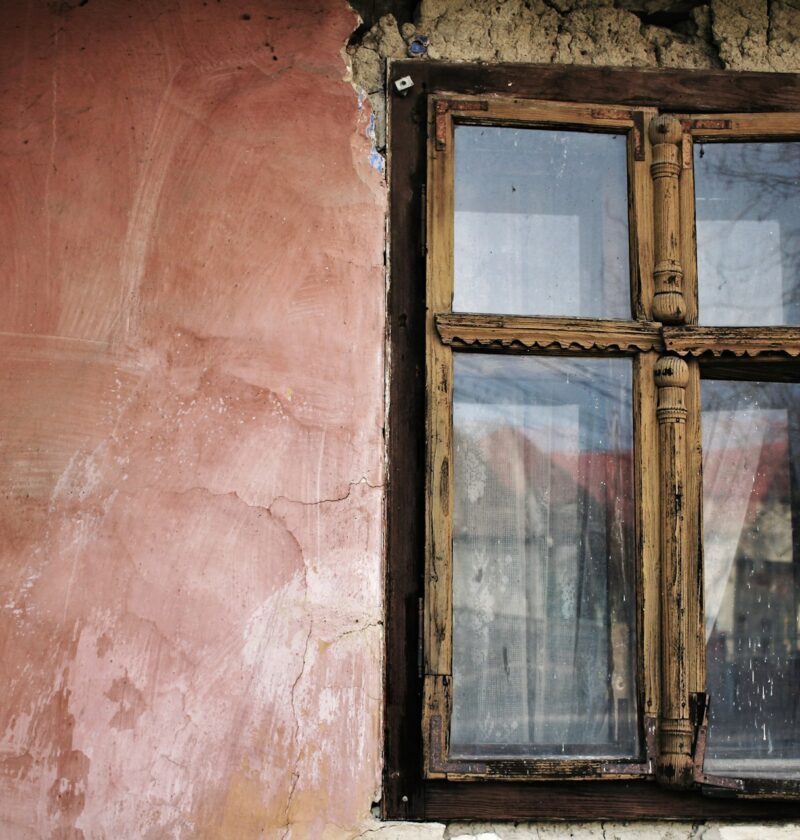When we think about our homes, we often consider them sanctuaries—a place to relax, unwind, and feel safe. However, when housing falls into disrepair, it can quickly become a source of stress and a significant health hazard. Housing disrepair refers to conditions where a property has not been adequately maintained or repaired, leading to various problems that can affect both physical and mental health.
Common Types of Housing Disrepair
Several issues fall under the umbrella of housing disrepair, each with its own set of health risks. Some of the most common include:
Damp and Mould – Persistent dampness can lead to mould growth, which is notorious for causing respiratory problems, allergies, and asthma.
Structural Issues – Cracks in walls, unstable floors, or broken stairs can lead to accidents and injuries.
Inadequate Heating – A lack of proper heating can make homes uncomfortable and lead to illnesses related to cold exposure, such as hypothermia.
Plumbing Problems – Leaks and water damage can promote mould growth and create unsanitary conditions.
Pest Infestations – Rodents, insects, and other pests can carry diseases and exacerbate allergies.
Physical Health Implications
The physical health impacts of living in a home that is in disrepair can be both immediate and long-term. Here are a few key areas where housing disrepair can take a toll:
Respiratory Issues
One of the most direct impacts of poor housing conditions is on respiratory health. Mould, dampness, and dust mites are common in poorly maintained homes and can lead to:
- Asthma – Exposure to mould and damp can trigger asthma attacks and worsen existing respiratory conditions.
- Allergies – Mould spores and dust mites are common allergens that can cause sneezing, itching, and respiratory distress.
- Respiratory Infections – Damp environments can promote the growth of bacteria and viruses, increasing the risk of infections.
Accidents and Injuries
Homes with structural issues or faulty installations can be hazardous. Common risks include:
- Falls – Broken stairs, loose floorboards, or uneven surfaces can lead to falls and serious injuries.
- Electrical Hazards – Faulty wiring and exposed electrical components can cause shocks or fires.
- Burns and Scalds – Malfunctioning heating systems or hot water systems can result in burns or scalds.
Exposure to Cold
Inadequate heating can be more than just uncomfortable; it can be dangerous, particularly for vulnerable populations such as the elderly, young children, and those with pre-existing health conditions. Health issues related to cold exposure include:
- Hypothermia – Prolonged exposure to cold can lead to a dangerous drop in body temperature.
- Worsening of Chronic Conditions – Conditions like arthritis, cardiovascular disease, and respiratory illnesses can be exacerbated by cold environments.
Mental Health Implications
The effects of housing disrepair extend beyond physical health, significantly impacting mental well-being. Living in a home that is in poor condition can lead to:
Stress and Anxiety
The constant worry about repairs, dealing with landlords, or the fear of accidents can create a high level of stress and anxiety. This can manifest in various ways, including:
- Sleep Disorders – Anxiety and stress can lead to difficulty sleeping or poor-quality sleep.
- Depression – The cumulative effect of living in a substandard environment can contribute to feelings of hopelessness and depression.
Social Isolation
Homes in disrepair can lead to embarrassment and shame, causing individuals to withdraw from social interactions. This isolation can further exacerbate mental health issues, creating a cycle that is hard to break.
Impact on Children
Children living in homes with disrepair are particularly vulnerable. Poor living conditions can affect their physical health, academic performance, and emotional well-being. Issues such as frequent school absences due to illness and difficulty concentrating due to stress can have long-term consequences on their development.
Legal and Social Aspects
Understanding the legal and social aspects of housing disrepair is crucial for addressing these issues effectively. Tenants have rights, and landlords have obligations to maintain their properties.
Tenant Rights and Landlord Responsibilities
In many regions, landlords are legally required to keep their properties in a state of good repair. This includes ensuring that the structure is sound, and that heating, plumbing, and electrical systems are functioning correctly. Tenants have the right to:
- Safe Living Conditions – Homes should be free from hazards that could cause injury or illness.
- Timely Repairs – Landlords should address repair requests promptly to prevent further deterioration and health risks.
- Legal Recourse – If a landlord fails to make necessary repairs, tenants may have legal options to compel action or seek compensation.
Seeking Help
If you are living in a home that is in disrepair, it is essential to know where to seek help. Resources are available to assist tenants in addressing these issues:
- Local Authorities – Many councils and local authorities have departments dedicated to housing issues and can provide support and advice.
- Legal Aid – Free or low-cost legal advice may be available to help tenants understand their rights and take action against negligent landlords.
- Health Services – Health professionals can provide documentation of health issues related to housing disrepair, which can be crucial in legal cases.
Taking Action
Addressing housing disrepair requires a proactive approach. Here are steps tenants can take:
Documenting Issues
Keep detailed records of all disrepair issues, including photographs and written descriptions. This documentation can be invaluable if legal action becomes necessary.
Communicating with Landlords
Maintain clear and written communication with your landlord about any repair needs. Make sure to keep copies of all correspondence.
Seeking Professional Advice
If repairs are not made, seek advice from legal professionals or tenant advocacy groups. They can provide guidance on the best course of action.
The Path Forward
Living in a home that is in disrepair is not just an inconvenience—it is a serious health risk. Understanding the types of disrepair, their health impacts, and the legal framework surrounding tenant rights is the first step towards a healthier living environment. By taking action and seeking the necessary support, tenants can ensure their homes are safe and healthy places to live.







